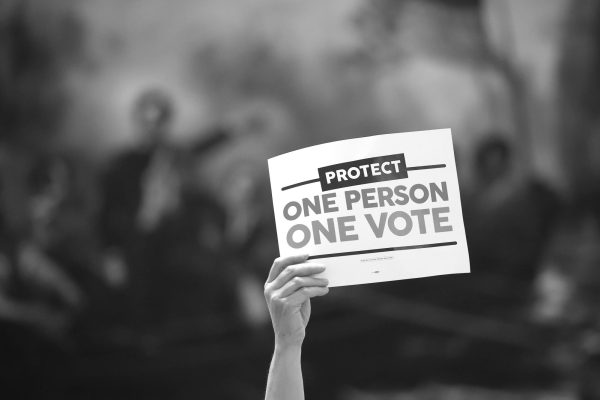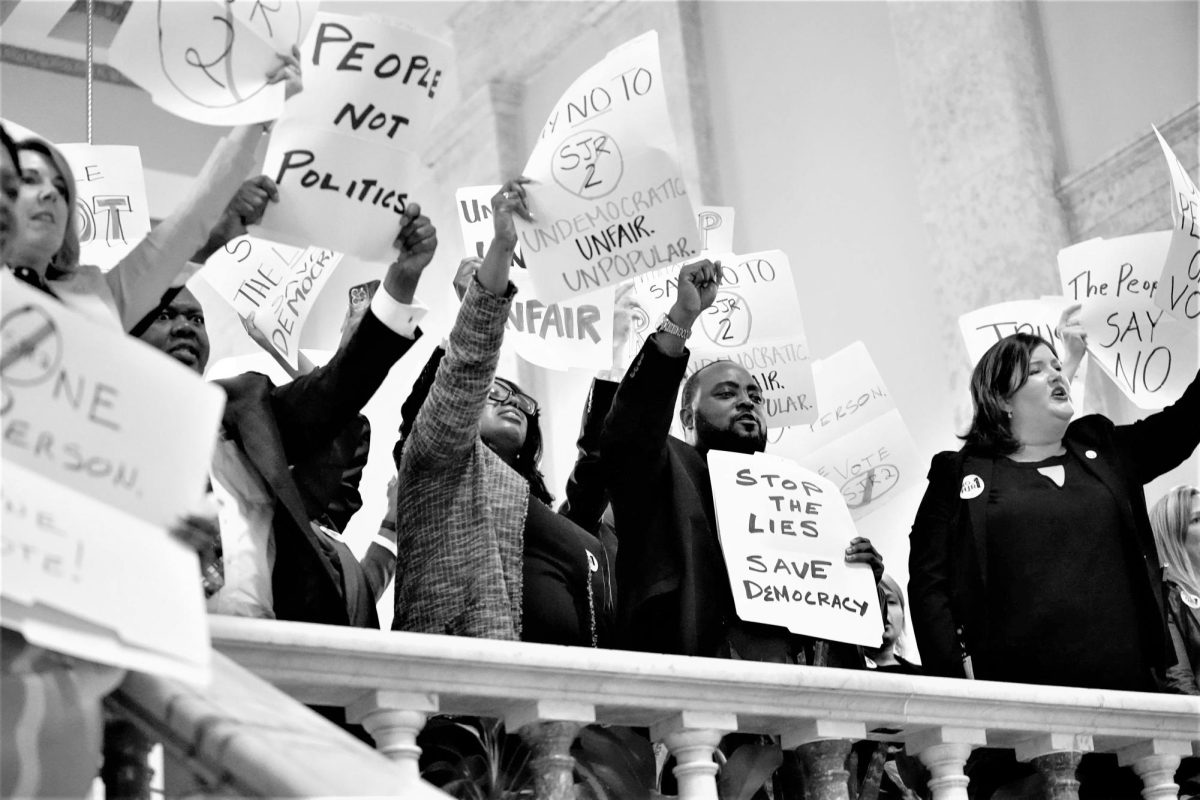In the last few weeks of July and the first week of August, my Instagram feed began to fill up with posts about an Ohio Special Election. Quickly glancing through my timeline, I was repeatedly prompted to “Vote NO to Issue 1,” to make sure my voting information was up to date, and to send in my absentee ballot. At the time, I didn’t pay much attention to these calls to action; my voting allegiance still remains solidly with my unsteadily purple home state of Pennsylvania. But when the coverage of the issue migrated from my Instagram feed to my New York Times scroll, I felt a more pressing obligation to investigate something that so staunchly promised to affect my part-time home.
The Issue 1 initiative’s primary focus was raising the simple majority needed to amend the state Constitution to a supermajority vote. The vote was held in August despite a January bill signed by Ohio Governor Mike Dewine that promised to “eliminate most August elections.” The unusual timing of the bill had everything to do with the Ohio Republicans’ agenda — if the initiative received enough YES votes, an abortion amendment to the Ohioan constitution slated for the ballot this coming November would have a much harder time being accepted. The initiative was voted down Aug. 8 with a resounding 57 percent –43 percent split, prompting news outlets to publish articles calling the election results “a win for abortion rights activists.” While this sentiment holds true, this narrative doesn’t account for the surprising bipartisan support for the NO vote.
If anything, the fact that a NO vote for this bill was branded as a means to support abortion rights should’ve been an indicator of less bipartisan support or, at the very least, a more polarizing margin. This is not to say that the Republican support of this issue was overwhelming. The large majority of counties that voted in favor of Trump during the 2020 election stuck to party line voting in favor of the initiative. Still, almost a fifth of the counties that voted for Trump in 2020 voted against the initiative. The support for the NO vote, or rather lack of support for the YES vote, received from traditionally Trump-dominated counties points to a larger rift between current Republican Party leadership and its supporters.
Concerns over a possibly splintered Republican Party leading into the 2024 election have been circulating for the past couple of years, growing alongside Trump’s rise to power and his party influence. Though die-hard Trump supporters still remain, there is a growing faction of Republicans that find Trump’s rhetoric and image to be distasteful and undemocratic.
Similar concerns arose among typically Republican or Independent voters in the face of the Issue 1 vote. Taking into account the underhanded manner in which Republican state legislators attempted to change the predicted fate of the November vote, right-leaning voters expressed

their distaste with the way this issue was handled.
“It seems underhanded. It doesn’t seem like the way we should conduct our politics,” self-identified center-right voter David Chrzanowski told The New York Times. That distaste with this specific election process was echoed by Independent Darla Carlson. “Is the abortion issue important?” she asked. “Yes, but it’s more than that for me. We are stopping this before it gets any further.”
Going into the 2024 presidential election, the Republican Party is awash with candidate choices. A count by Ballotpedia cites 14 Republican candidates running to the Democrats’ three. Though I count myself among those bemoaning the lack of Democratic candidates, the plethora of Republicans currently vying for a singular spot on next November’s ticket is indicative of a larger ideological split between the party and its supporters. Since Trump has risen to prominence, his policies and his means of conducting himself — in interviews and on the world stage — have drawn criticism not only from Democrats, but also from his own party.
One of the only current Republican candidates to speak negatively about Trump’s most recent indictment, former Rep. Will Hurd, called Trump’s presidential bid “an attempt to stay out of prison and scam his supporters into footing his legal bills.”
Mitt Romney, a leader of the Republican Party for many years and a former presidential candidate himself, has been vocal against Trump’s rise since nearly 2016. During Trump’s impeachment in 2020, Romney became the only Republican senator to vote against party lines, calling Trump “guilty of an appalling abuse of public trust.”
With Trump’s recent indictment and even more recent arrest, it is becoming clear that the leadership the Republican Party has chosen for themselves is one that is not above shiftiness or moving laws around to accommodate their own partisan issues and stances. As the Republican Party moves to define their stance for 2024 in a way that will rally its supporters around a single candidate, they must ask themselves what type of image they want to promote and what type of support they are intending to attract. If what they stand for is the underhanded, quick-fix solutions that they attempted with the Issue 1 vote, the question becomes, is this a party the voters will follow?


